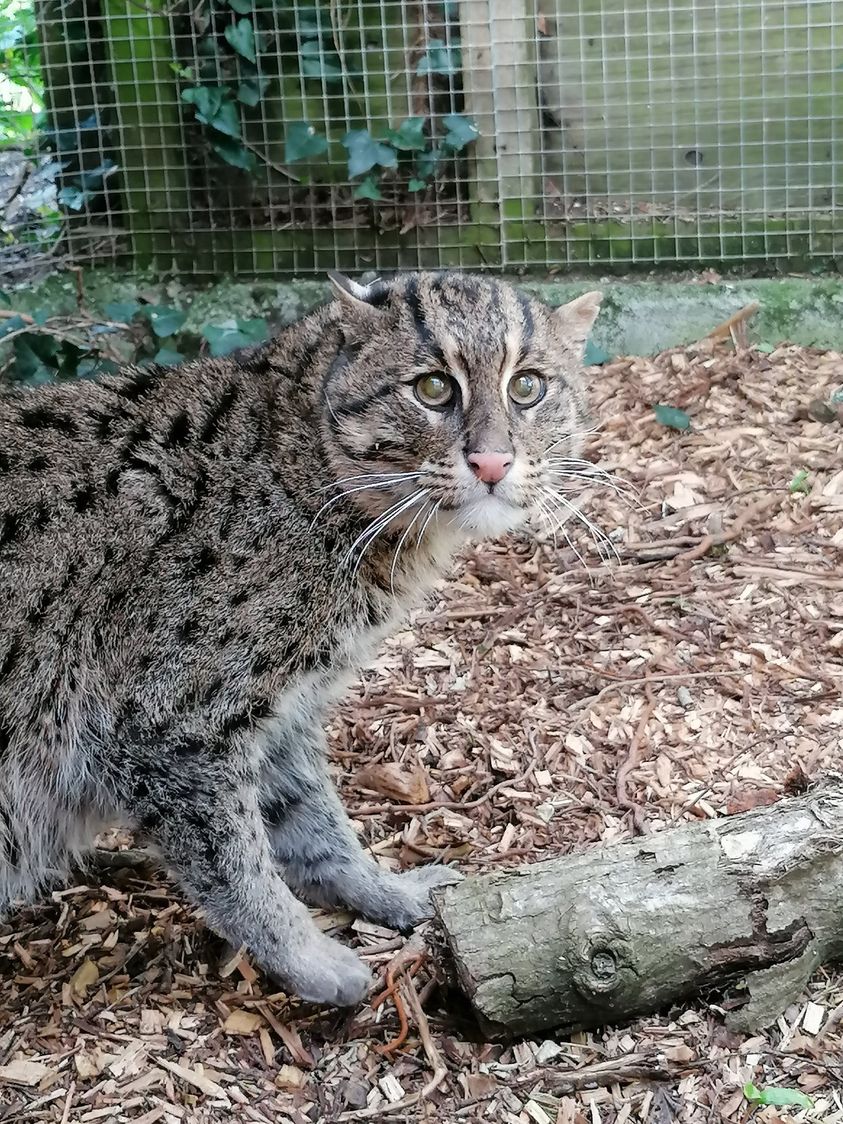A unique male fishing cat has been welcomed into a zoo in the United Kingdom, and authorities are hopeful that more kittens may be born in the future.
The cat is a new addition to Cornwall’s Newquay Zoo. According to the Independent, after being named Ozil, it was brought in to live with a female fishing cat named Freya.
Also Read|Woman dancing to Badshah’s song at Times Square viral, watch video
Fishing cats are medium-sized wild cats found in South and Southeast Asia. Since 2016, they have been classified as vulnerable on the IUCN Red List.
The male fishing cat’s arrival coincides with a decline in the number of fishing cats in the wild. Wetland damage is threatening the cat population, which has dropped dramatically over the previous decade. Their natural habitats include rivers, streams, swaps, and mangroves.
“[The zoo was] playing an important role in helping to house and breed the species as part of a European breeding programme and to spread awareness of this lesser-known cat,” stated a Newquay Zoo spokesperson.
Megan McEvoy, the zoo’s carnivore keeper, stated: “With the addition of Ozil, visitors will have a better chance of witnessing this magnificent creature. Hopefully, we’ll be able to have some kittens in the future as well.”
Fishing cats can currently be found in wetlands throughout Southeast Asia, northern India, and Sri Lanka.
They are twice as big as a regular house cat. They are, however, not as large as a leopard or a tiger. They eat frogs, crustaceans, snakes, and birds, and they scavenge on the remains of larger creatures, unlike most domestic cats.
Also Read|US airport kiosk asks, ‘Are you a terrorist?’ leaves internet in splits
The West Bengal state animal is the fishing cat. In India, the mammal is also designated as vulnerable. Many activists and animal protection organisations are working to protect the cats.
Fishing cats are extremely reliant on wastelands for survival. And, as a result of West Bengal’s rapidly dwindling marshlands, their number has been dropping for more than a decade.







